Affiliate links on Android Authority may earn us a commission. Learn more.
Galaxy Watch 4 vs Galaxy Watch 3: Which older Samsung watch is for you?
Published onJuly 14, 2023
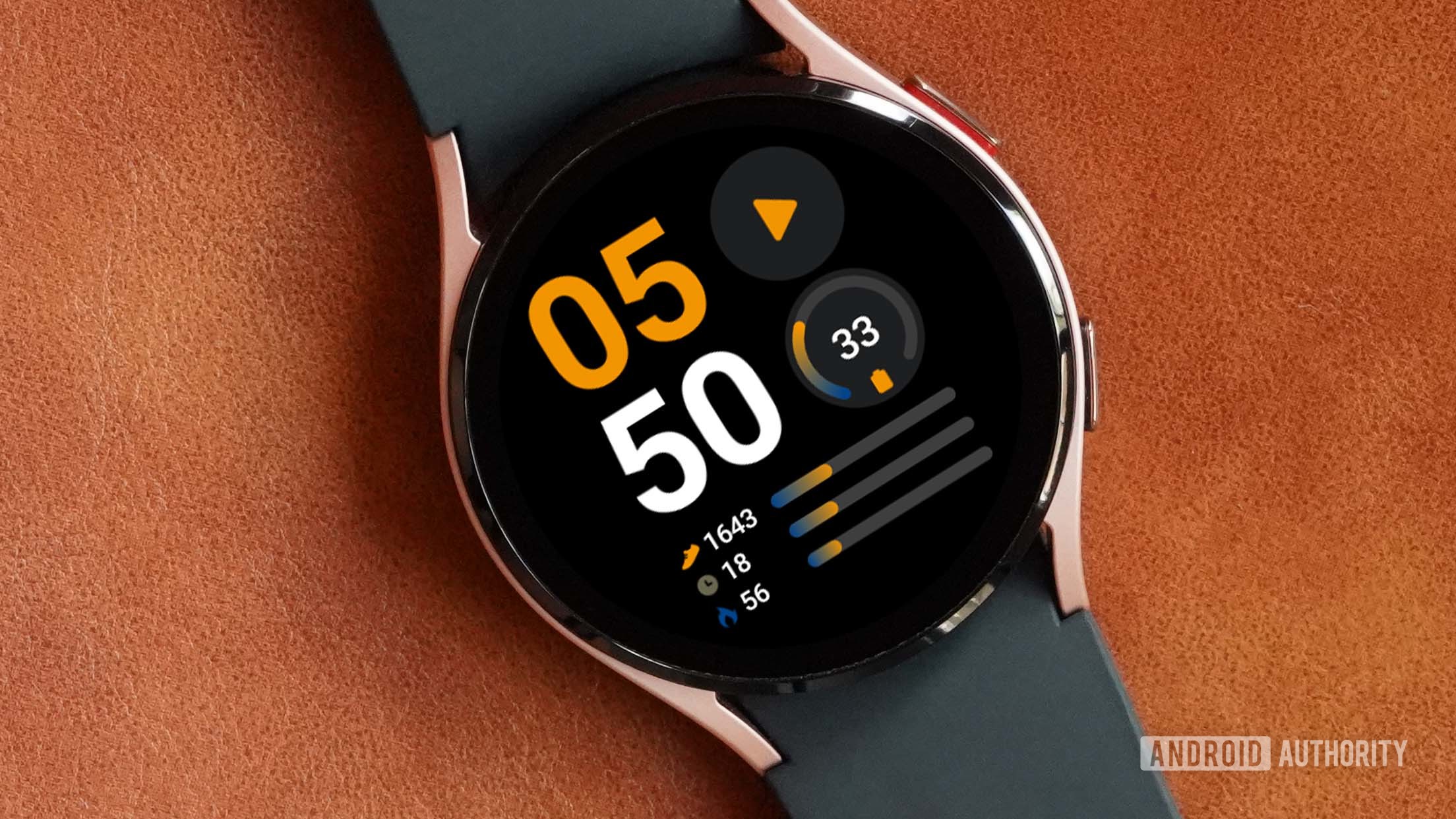
We’ve held the Galaxy Watch 3 in high regard for quite some time, naming it as one of the best smartwatches available when it launched in 2020. But the Galaxy Watch 4 series has proved itself as a capable successor, bringing a refreshed user experience and improved hardware. This doesn’t necessarily mean it’s better in every scenario. You may still want (or require) the old spice for several reasons. Below, we discuss the key differences and similarities between Samsung’s first Wear OS 3 smartwatch and its last Tizen flagship. Learn more in this quick Samsung Galaxy Watch 3 vs 4 comparison.
Galaxy Watch 3 vs 4: Design
The Galaxy Watch 3 launched in 2020 as the best Samsung smartwatch of that year. Only one model was available, but those seeking a sportier, sleeker, cheaper alternative could opt for the Galaxy Watch Active 2.
The Galaxy Watch 4 preceded the Galaxy Watch 5. It arrived in 2021 and is available in two forms. The standard offering is effectively the spiritual successor of the Galaxy Watch Active 2 and features a cleaner face, an aluminum shell, and a touch-sensitive bezel. The Classic model is the more direct Galaxy Watch 3 replacement and includes a tactile rotating bezel with etched minute markings and a slightly chunkier build.
The Galaxy Watch 4 is available in two dial sizes with similar core internal specs. You’re also getting two screen sizes with the Galaxy Watch 4 series, with the smaller model using a 1.2-inch panel and the larger opting for a 1.4-inch display. The Classic model features slightly larger faces than the Galaxy Watch 3, with 46mm and 42mm options. The standard model features 44mm and 40mm faces, similar to the Galaxy Watch Active 2. Overall, the Galaxy Watch 4 series is thinner than the Galaxy Watch 3, giving the newer watches a more comfortable fit.
Beyond the return of the rotating bezel, the Galaxy Watch 4 Classic does feature some aesthetic differences over the Watch 3. The buttons are still located on the right edge but are flatter and elongated — a departure from the protruding nubs that gave the Galaxy Watch 3 a more imposing visage. The standard Galaxy Watch 4 has a cleaner, simpler facade than both and swaps a physical rotating bezel for a touch alternative that is pretty awkward to use. Whether the Galaxy Watch 4 series is a visual improvement depends on your taste.
Galaxy Watch 3 vs 4: Features
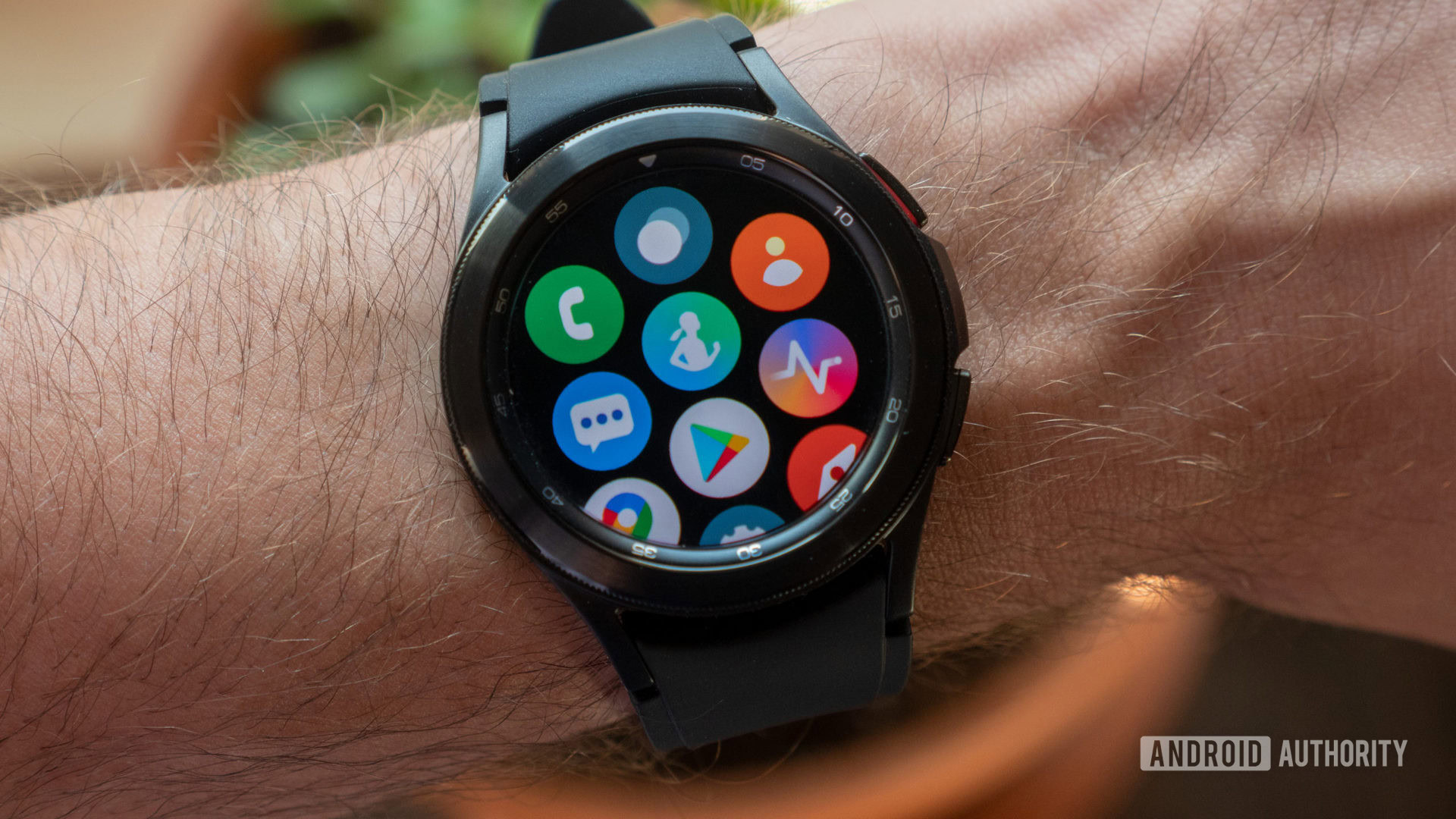
What about internal differences? Well, there are plenty. Let’s start with the operating system. The Galaxy Watch 4 series switches from Samsung’s Tizen to Wear OS 3 and One UI Watch — the biggest software overhaul for Samsung’s wearables in years. It was the first watch line to run Samsung and Google’s co-developed OS, bringing several new perks over the Galaxy Watch 3. It’s also expected to gain the One UI 5 Watch upgrade in 2023, with two years of additional software support still to come.
Wear OS opens the door to a wider variety of apps. This includes Google-specific features and apps, like Google Maps integration, onboard Google Assistant support, and more synchronicity with Android devices. One UI is incredibly slick, making it a breeze to gloss through installed apps or study health metrics.
Several Galaxy Watch 4 features are exclusive to Samsung smartphone users, including select health-tracking smarts. This isn’t quite the case with the older smartwatch. Samsung makes plenty of its own apps available on the Galaxy Watch 4. You can use Samsung Pay or Google Pay, while Samsung Health is the health tracking app of choice. Bixby can be used as the default voice assistant, too.
As a Tizen smartwatch, Galaxy Watch 3 gains none of the Wear OS benefits or features. Samsung has no plans to update its Tizen devices to Wear OS and One UI Watch, even though the company has recently pushed surprise updates to the device. If you want new features, purchase one of Samsung’s newer Galaxy Watches.
One of our biggest criticisms of the Galaxy Watch 3 was its health-tracking abilities. We felt heart rate tracking was unreliable, while sleep tracking was hit-and-miss during our review. The Galaxy Watch 4 series improves both while adding new sensors. The BIA sensor, which measures a user’s body composition, is a useful addition and provides valuable insight into body fat percentages, skeletal mass, and water retention. The watch also includes rudimentary and limited blood pressure smarts, an SpO2 sensor with more frequent blood oxygen saturation sampling, and an ECG. The Galaxy Watch 4 line also carries features like VO2 max monitoring and improves automatic workout detection latency.
Despite these issues, the Galaxy Watch 3 does have one ace up its sleeve. It remains the latest Samsung Galaxy Watch that can be used with an iPhone without issues. The Galaxy Watch 4, and its successors, cannot be used with Apple products.
The Galaxy Watch 4 has other flaws, though. Its GPS performance remains sketchy compared to the competition, skewing outdoor tracking data, while heart-rate tracking isn’t as detailed as some would want. Notably, you can only use the ECG and blood pressure monitoring features with an accompanying Samsung smartphone, leaving many Android users in the cold.
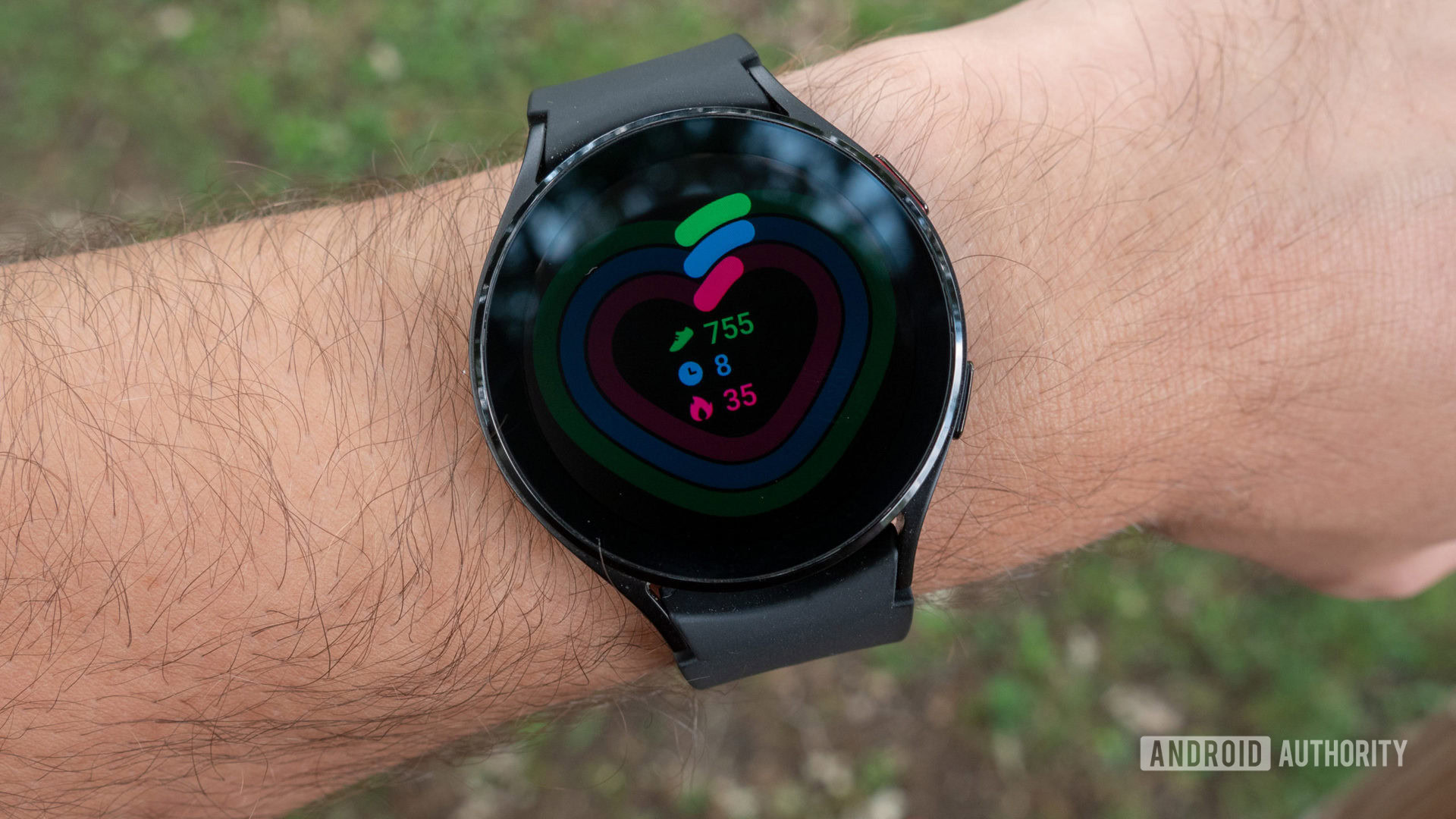
Beyond sensors, Samsung has also upgraded the Galaxy Watch 4’s base hardware. The Galaxy Watch 3 offers 1GB of RAM — plenty for a smartwatch running Tizen’s lightweight build. Storage is pegged at 8GB, more than enough for the apps and offline music files. The Galaxy Watch 4 series trumps this by some margin, though. It packs 1.5GB of RAM and 16GB of storage, making for a smooth Wear OS experience.
We see some notable processing power upgrades, too. The Galaxy Watch 4 series includes Samsung’s 5nm Exynos W920 SoC which reportedly brings a 20% faster CPU and 10x GPU performance gains over the Galaxy Watch 3’s Exynos 9110. You don’t need much muscle on a smartwatch, but the Galaxy Watch 4 series feels smooth alongside the new UI.
As for battery capacity, the larger Galaxy Watch 4 models win this battle, too. They feature a 361mAh battery, slightly above the 340mAh available on the larger Galaxy Watch 3. The smaller Galaxy Watch 3 and 4 models share a 247mAh cell. According to our tests, the larger Galaxy Watch 4 device can endure up to 1.5 days per charge. That’s on par with the Galaxy Watch 3. The smaller models don’t last as long, with around 24 hours of use per charge. If you need longevity, we’d recommend the Galaxy Watch 3 or the bigger Galaxy Watch 4.
Galaxy Watch 4 vs Galaxy Watch 3: Pricing
Finally, how do these smartwatches measure up in terms of value? The Galaxy Watch 3 launched at $399. Even three years later, that’s a lot to pay for a smartwatch. Although the device is now regularly offered at a much lower price, it remains a stern investment for a device no longer actively supported by its manufacturer.


Samsung seemingly took this pricing criticism to heart with the Galaxy Watch 4 and Classic. The latter launched at $349, shaving $50 off the Galaxy Watch 3’s launch price. Considering its benefits over the older model, it’s an easy choice if you’re budgeting for a ~$300 wearable and own an Android smartphone.
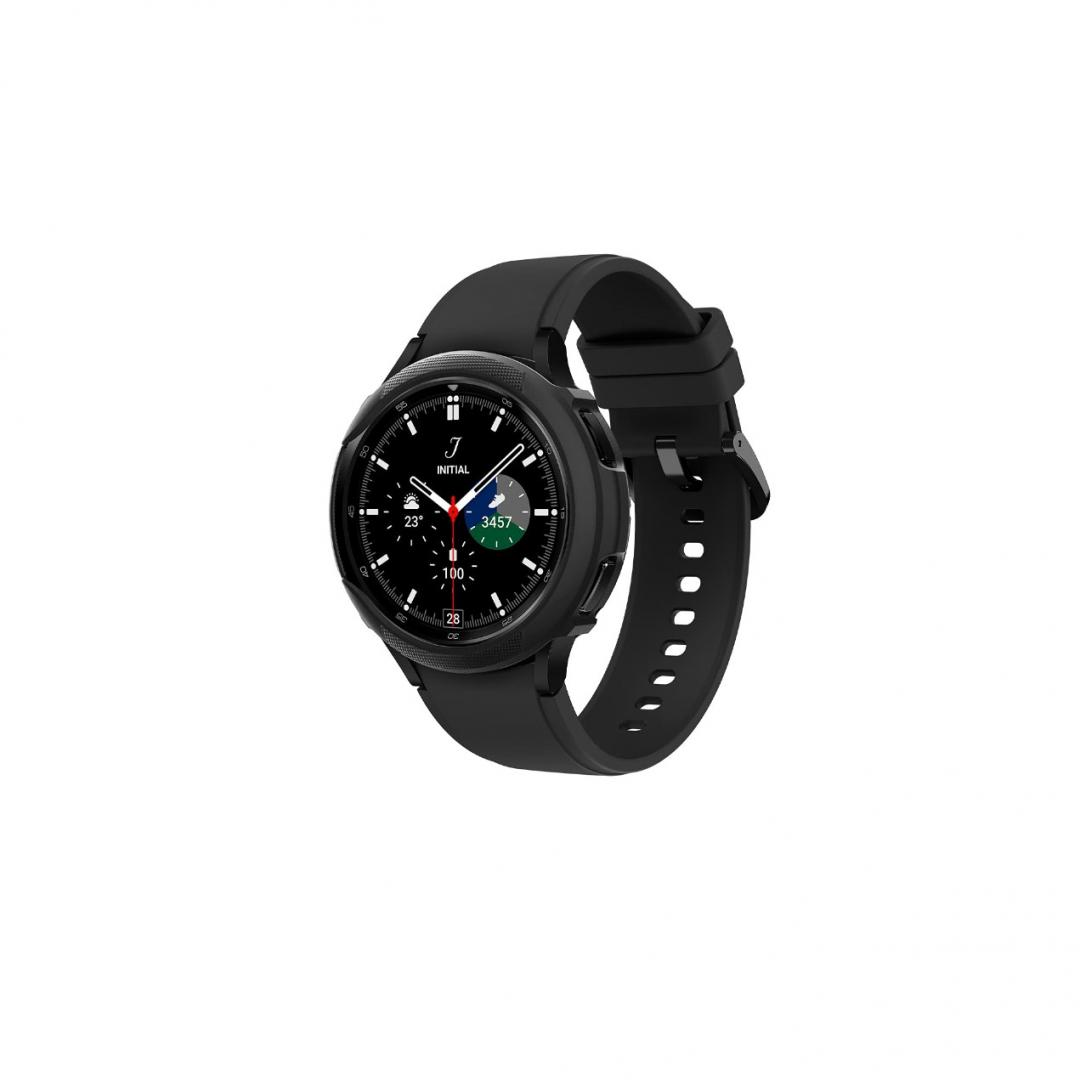

Ditch the rotating bezel, and you can expect an even lower price. The Galaxy Watch 4 Bluetooth model launched at $249, and with its sleeker aesthetic and lighter build, it’s an ideal activity watch. It also won’t look out of place in a boardroom, either. Notably, the Galaxy Watch 4 is now even cheaper in light of the Galaxy Watch 5‘s arrival.


Galaxy Watch 3 vs 4: Specs
| Samsung Galaxy Watch 4 | Samsung Galaxy Watch 4 Classic | Samsung Galaxy Watch 3 | |
|---|---|---|---|
Display | Samsung Galaxy Watch 4 44mm: 1.36-inch Super AMOLED 450 x 450 resolution 330ppi Corning Gorilla Glass with DX+ 40mm: 1.19-inch Super AMOLED 396 x 396 resolution 330ppi Corning Gorilla Glass with DX+ | Samsung Galaxy Watch 4 Classic 46mm: 1.36-inch Super AMOLED 450 x 450 resolution 330ppi Corning Gorilla Glass with DX 42mm: 1.19-inch Super AMOLED 396 x 396 resolution 330ppi Corning Gorilla Glass with DX | Samsung Galaxy Watch 3 45mm: 1.4-inch AMOLED 360 x 360 resolution Corning Gorilla Glass with DX 41mm: 1.2-inch AMOLED 360 x 360 resolution Corning Gorilla Glass with DX |
Dimensions and weight | Samsung Galaxy Watch 4 44mm: 44.4 x 43.3 x 9.8mm 30.3g 40mm: 40.4 x 39.3 x 9.8mm 25.9g | Samsung Galaxy Watch 4 Classic 46mm: 45.5 x 45.5 x 11mm 52g 42mm: 41.5 x 41.5 x 11.2mm 46.5g | Samsung Galaxy Watch 3 45mm: 45 x 46.2 x 11.1mm 53.8g (stainless steel), 43g (titanium) 41mm: 41 x 42.5 x 11.3mm 49.2g |
Colors and materials | Samsung Galaxy Watch 4 Aluminum case Black, Silver, Green (44mm only), Pink Gold (40mm only) | Samsung Galaxy Watch 4 Classic Stainless steel case Black, Silver | Samsung Galaxy Watch 3 45mm: Mystic Black (stainless steel or titanium), Mystic Silver (stainless steel) 41mm: Mystic Bronze (stainless steel), Mystic Silver (stainless steel) |
Battery | Samsung Galaxy Watch 4 44mm: 361mAh 40mm: 247mAh WPC-based wireless charging | Samsung Galaxy Watch 4 Classic 46mm: 361mAh 42mm: 247mAh WPC-based wireless charging | Samsung Galaxy Watch 3 45mm: 340mAh 41mm: 247mAh WPC-based wireless charging |
Processor | Samsung Galaxy Watch 4 5nm Samsung Exynos W920 Dual-core 1.18GHz | Samsung Galaxy Watch 4 Classic 5nm Samsung Exynos W920 Dual-core 1.18GHz | Samsung Galaxy Watch 3 10nm Samsung Exynos 9110 Dual-core, 1.15GHz |
RAM | Samsung Galaxy Watch 4 1.5GB | Samsung Galaxy Watch 4 Classic 1.5GB | Samsung Galaxy Watch 3 1GB |
Storage | Samsung Galaxy Watch 4 16GB | Samsung Galaxy Watch 4 Classic 16GB | Samsung Galaxy Watch 3 8GB |
Connectivity | Samsung Galaxy Watch 4 LTE (available in select models) Bluetooth 5.0 Wi-Fi 802.11 a/b/g/n 2.4+5GHz NFC GPS/GLONASS/Beidou, Galileo | Samsung Galaxy Watch 4 Classic LTE (available in select models) Bluetooth 5.0 Wi-Fi 802.11 a/b/g/n 2.4+5GHz NFC GPS/GLONASS/Beidou, Galileo | Samsung Galaxy Watch 3 LTE (available in select models) Bluetooth 5.0 Wi-Fi b/g/n NFC A-GPS/GLONASS/Beidou 7 |
Sensors | Samsung Galaxy Watch 4 Accelerometer Barometer Gyroscope Geomagnetic sensor Ambient light sensor Samsung BioActive sensor: optical heart rate (PPG), electrocardiogram (ECG), bioelectrical impedance analysis sensor (BIA) | Samsung Galaxy Watch 4 Classic Accelerometer Barometer Gyroscope Geomagnetic sensor Ambient light sensor Samsung BioActive sensor: optical heart rate (PPG), electrocardiogram (ECG), bioelectrical impedance analysis sensor (BIA) | Samsung Galaxy Watch 3 Accelerometer Gyroscope Barometer Optical heart rate sensor ECG Ambient light sensor |
Durability | Samsung Galaxy Watch 4 5ATM + IP68 MIL-STD-810G | Samsung Galaxy Watch 4 Classic 5ATM + IP68 MIL-STD-810G | Samsung Galaxy Watch 3 5ATM + IP68 MIL-STD-810G |
Software | Samsung Galaxy Watch 4 Wear OS Samsung One UI Watch | Samsung Galaxy Watch 4 Classic Wear OS Samsung One UI Watch | Samsung Galaxy Watch 3 Tizen OS 5.5 |
Compatibility | Samsung Galaxy Watch 4 Android | Samsung Galaxy Watch 4 Classic Android | Samsung Galaxy Watch 3 Android and iOS |
Galaxy Watch 3 vs 4: Which should you buy?
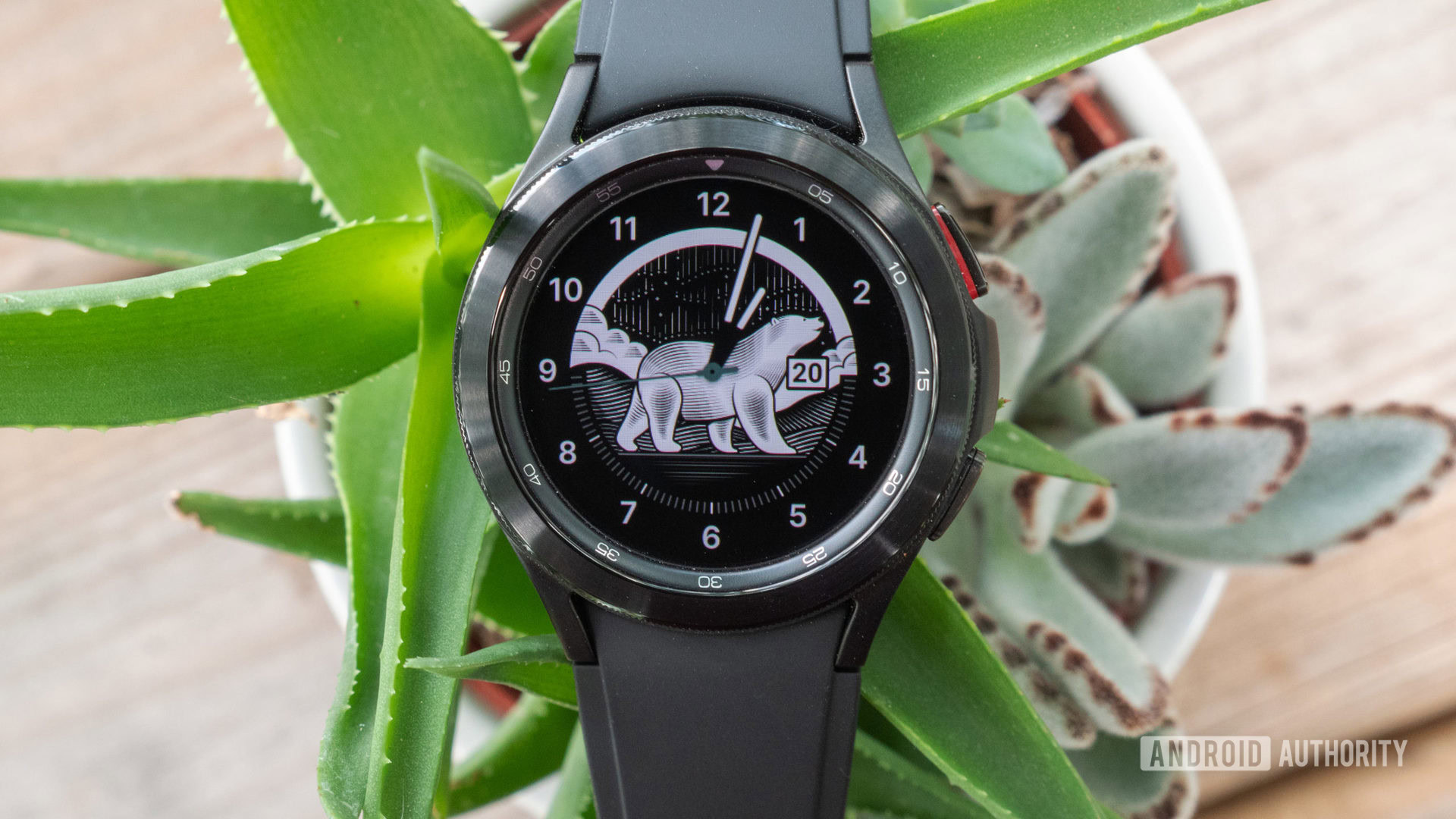
Samsung made sizeable strides with the Galaxy Watch 4 series. The revitalized OS provides Google’s services and closer integration with Android. It also brings sprightlier hardware, more fitness tracking highlights and sensors than its predecessor, all at a lower price. It’s a no-brainer to go with the Galaxy Watch 4 series instead of the Galaxy Watch 3.
This doesn’t mean you should discount the Galaxy Watch 3 in all circumstances, especially if you’re an iPhone user. If you don’t need the Galaxy Watch 4 series’ new features, the Watch 3 still has a place at the right price. It remains a solid smartwatch that does everything pretty well.
There’s a new option from Samsung to consider. The Galaxy Watch 5 series builds on the Galaxy Watch 4’s foundation with larger batteries, new health tracking features, and a premium outdoor-orientated Pro model. Realistically, you should set your sights on a Galaxy Watch 5 model if you haven’t yet purchased a Galaxy Watch 4 or are looking to upgrade from the Galaxy Watch 3.
Which Samsung Galaxy smartwatch do you prefer?
That’s it for our Galaxy Watch 3 vs 4 showdown. Which wearable do you prefer? Let us and others know by voting in the poll above.
FAQs
The Samsung Galaxy Watch 3 runs Tizen OS, while the newer Galaxy Watch 4 uses Wear OS.
Yes, the Samsung Galaxy Watch 3 is worth buying in 2023 if you want a modern Samsung smartwatch that supports iPhones.